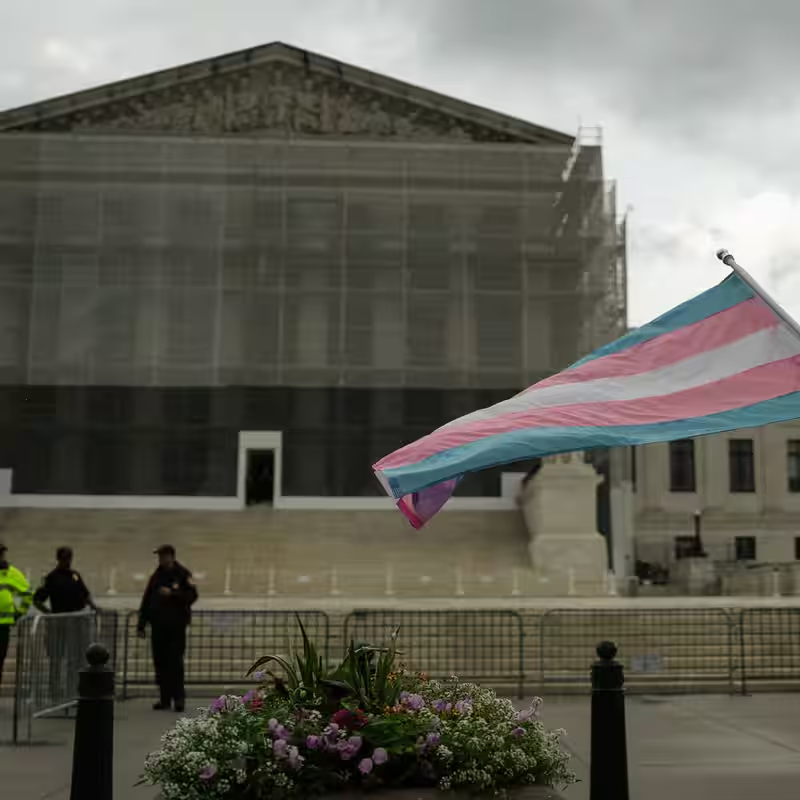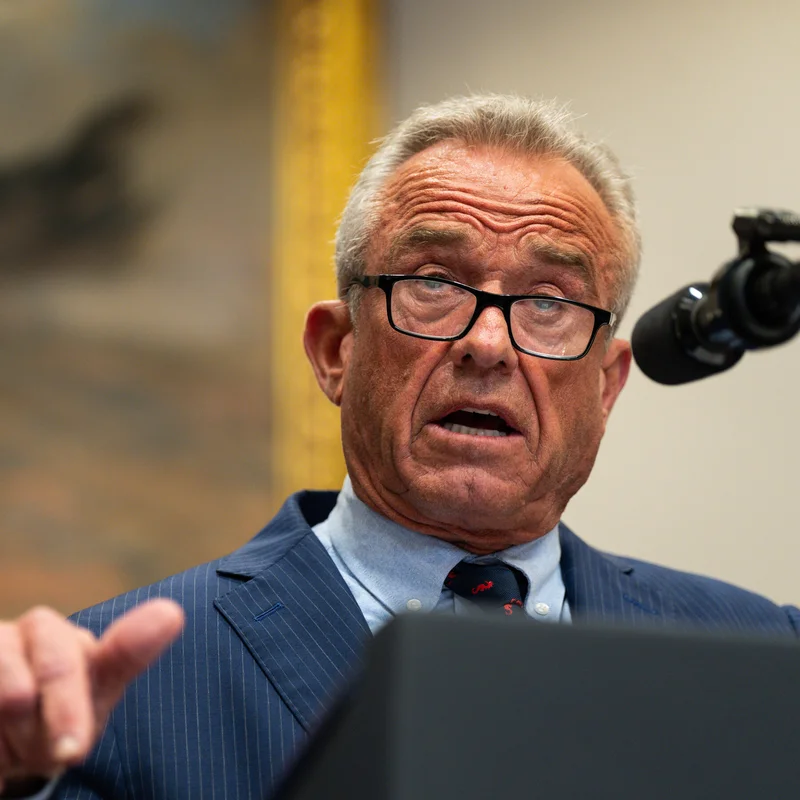The long-discredited practice of ‘conversion therapy’ is making a controversial comeback, but this time it’s wearing a new mask. As a record number of young people identify as transgender, a fierce national debate has reignited—not just about the practice itself, but about the very language used to describe it.
What Is Conversion Therapy, Really?
At its core, conversion therapy is a pseudoscientific practice aimed at changing a person’s sexual orientation or gender identity . For decades, major medical and mental health organizations have condemned it as not only ineffective but deeply harmful, linking it to increased rates of depression, anxiety, and suicide among LGBTQ+ youth .
The American Psychological Association (APA) has been unequivocal in its stance since 1998, opposing any treatment based on the assumption that diverse sexual orientations or gender identities are pathological . They, along with 28 other leading organizations, have called for a nationwide ban on the practice .
The New Face of an Old Practice
Today, the debate has shifted. Critics of gender-affirming care for youth have begun promoting an alternative framework called ‘Gender Exploratory Therapy’ (GET). Proponents frame it as a cautious, talk-based approach that encourages young people to ‘explore’ the roots of their gender identity before making any medical decisions .
However, many LGBTQ+ advocates and medical professionals argue that GET is simply conversion therapy by another name. They contend that its core function is to delay or deny gender-affirming care by pathologizing a young person’s self-declared identity, a tactic that mirrors the harmful techniques of traditional conversion therapy .
A Nation Divided: The Legal Landscape
This ideological clash is playing out in courtrooms and state legislatures across the country. The issue has become so pressing that the U.S. Supreme Court is set to hear a pivotal case on October 7, 2025, challenging the constitutionality of Colorado’s ban on conversion therapy for minors .
The legal map of the United States is a patchwork of policies:
| Policy Type | Number of States | Examples |
|---|---|---|
| Full Ban on Conversion Therapy for Minors | 23 + D.C. | California, New York, Illinois |
| Partial Ban | 5 | Varies by locality or provider type |
| State-Level Ban Prohibited | 4 | Alabama, Georgia, Indiana, Florida |
This stark division highlights the deep political and cultural rift on this issue, leaving the safety and well-being of transgender youth dependent on their zip code.
Why This Debate Is Different Now
The resurgence of this debate is intrinsically linked to the growing visibility of transgender youth. As more young people feel empowered to explore and express their gender identity, a powerful counter-movement has emerged, often framing its efforts as ‘protecting children.’ This reframing has moved the conversation from the fringes into mainstream political discourse, making it a central issue in the culture wars.
The stakes are incredibly high. For transgender youth, access to affirming care is a matter of life and death. Studies consistently show that supportive environments and affirming care drastically reduce the risk of negative mental health outcomes.
Sources
- The New York Times: A Debate Over ‘Conversion Therapy,’ Once Widely Condemned, Is Back
- American Psychological Association: Position Statement on Conversion Therapy
- The Washington Post: Supreme Court to weigh key conversion therapy case
- The Trevor Project: Facts about Conversion Therapy
- Williams Institute: Mapped: Conversion therapy across the U.S.




